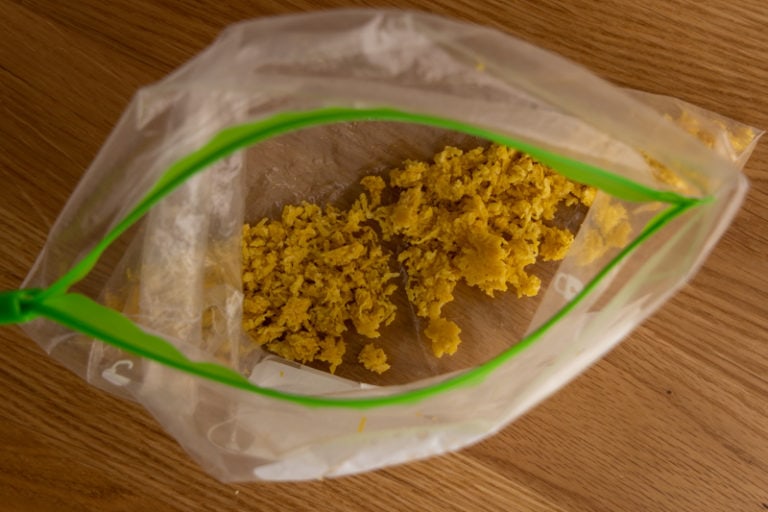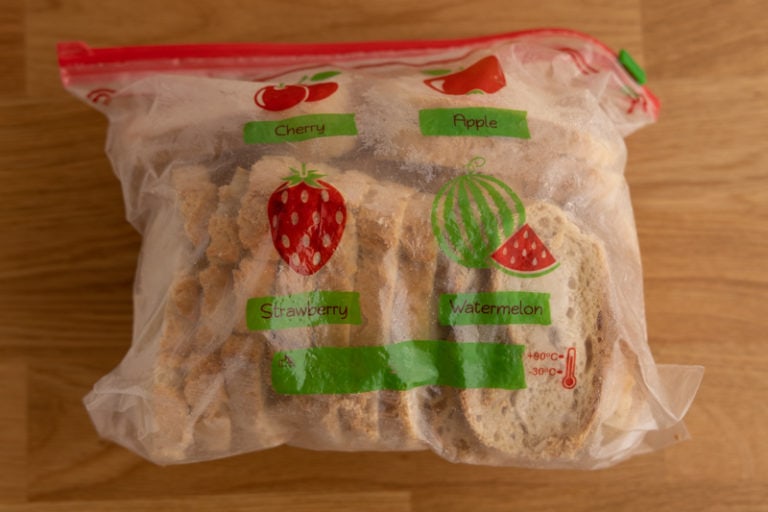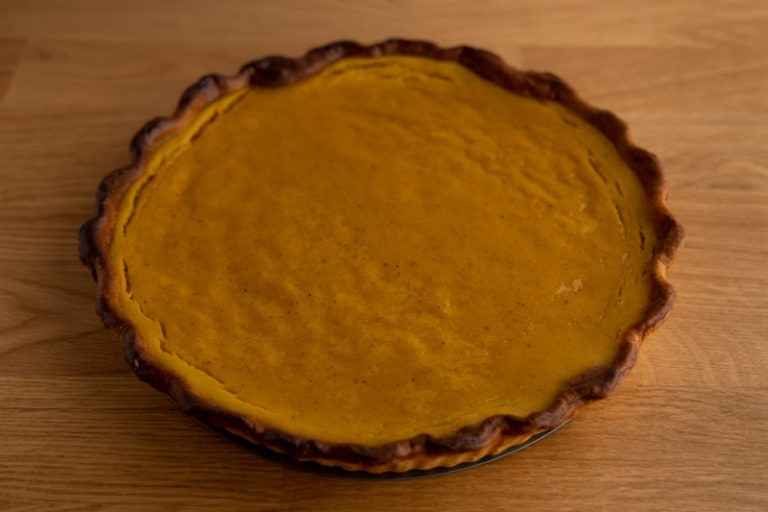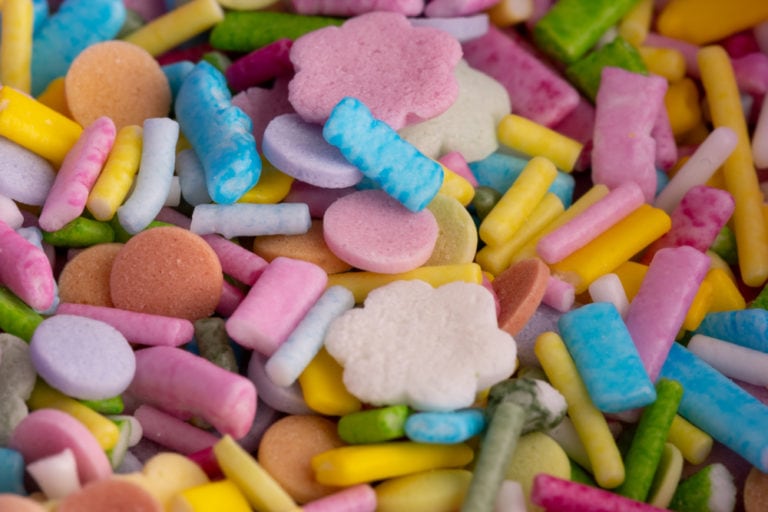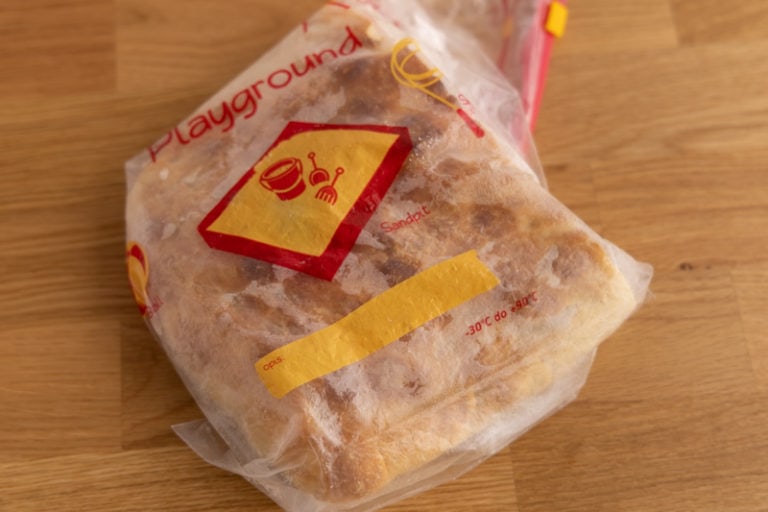How Long Does Fresh Yeast Last and How to Store It?
Here’s all you need to know about the shelf life, storage, and expiration of fresh yeast. Learn how long fresh yeast lasts, how to store it, and when to toss it.
Got a fresh yeast package that’s a few days past the printed date, and not sure if you can still use it? If so, you’re probably wondering how long fresh yeast lasts or how to tell if it’s still good.
Or maybe you’ve bought fresh yeast (or cake yeast) for the first time, and you want to make sure if you need to refrigerate it or not.
Sounds familiar?
If so, you’re in the right place. Let’s jump right in.
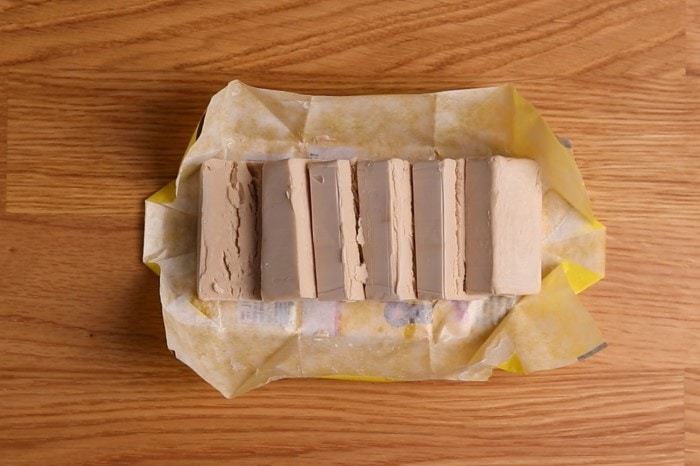
How Long Does Fresh Yeast Last?
| Fridge | |
|---|---|
| Fresh yeast | Use-by + 3 – 5 days |
Fresh yeast stays active for about 2 to 3 weeks after packaging, as indicated by the date on the label. You might get a couple extra days if you keep your fresh yeast well wrapped, but that’s it. If you need more time, you can freeze fresh yeast.
Fresh yeast is a living organism that stays active for only so long. After a couple of days after the printed date, fresh yeast starts to lose its potency; the same way baking powder loses potency.
(The main difference is that it takes merely days for fresh yeast, while it takes months for baking powder.)
Furthermore, if you open the package and don’t wrap the leftover yeast well, it will dry out, shortening the storage time even further.
Because of that, freezing is worth considering if you’re not an avid baker or don’t plan to use the whole package within a week or two. The process is fairly simple, and frozen fresh yeast lasts for a few months.
(I talk about the topic in more detail in my guide to freezing fresh yeast.)
Alternatively, you can batch your baking and freeze whatever you baked. Many baked goods last only a couple of days (for instance, homemade cinnamon rolls keep for 4 to 5 days) but freeze perfectly fine.
With that out of the way, let’s talk about signs of spoilage for fresh yeast.
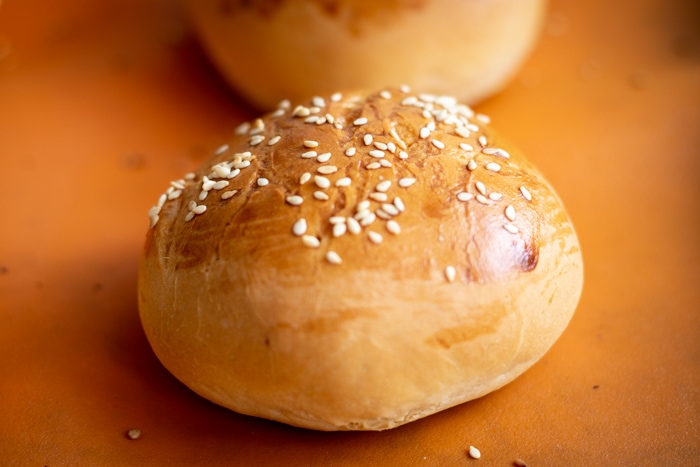
When to Toss Fresh Yeast
Throw out fresh yeast that’s:
- discolored
- dried
- starts to grow mold
- smells off or moldy
- is more than 2 weeks past its date
If you often find yourself tossing fresh yeast, consider switching to dry yeast. Dry yeast lasts for months and you can store it in the pantry.
If your fresh yeast looks and smells okay and isn’t more than a couple of days past its date, it might be okay to use.
At this point, you have two options:
- use your fresh yeast in your recipe
- proof it, them use it in a recipe
If you’re fairly sure it’s okay, go for it. But if you’re not, it’s better to proof it before committing other ingredients.
Let’s talk about how that works.
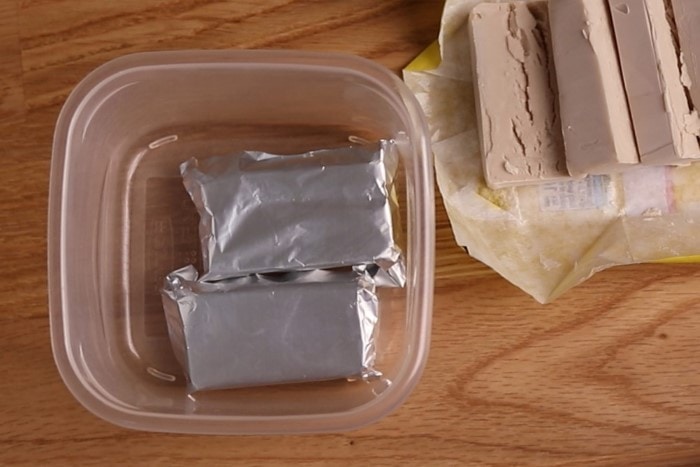
How to Tell if Fresh Yeast Is Still Good?
To proof fresh yeast, start with 1/2 cup of warm (90° to 100°F, or 32° to 38°C) water or milk and dissolve 1 teaspoon of sugar in it. Then add the cake yeast, mix it until it dissolves, and leave it on the counter for 10 minutes. If there’s a lot of foam after 10 minutes, your fresh yeast is still good.
If there’s no or very little foam, discard the yeast, as it’s no longer active.
That’s the basic blueprint for proofing fresh yeast, and many recipes have it built in early in the process.
If one of the steps in your recipe is making a mixture of warm liquid, sugar, and yeast, and letting it sit on the counter, that’s proofing. The ratios might be different, you might add a bit of flour, or use a different sweetener, but the idea stays the same.
Please note that the temperature of water is quite important. If your water is over 120°F (or 48°C), the yeast will begin to die off. You don’t want that, obviously.
If you don’t have a food thermometer on hand, use water that’s comfortably warm but nothing warmer than that.
Finally, if proofing isn’t a part of your recipe, and you go with the blueprint outlined above, remember to decrease the amount of liquid added by half a cup and add one less teaspoon of sugar since you already added those.
By proofing the yeast, you make sure the dough you will prepare will turn from this (just mixed dough for my bread rolls):
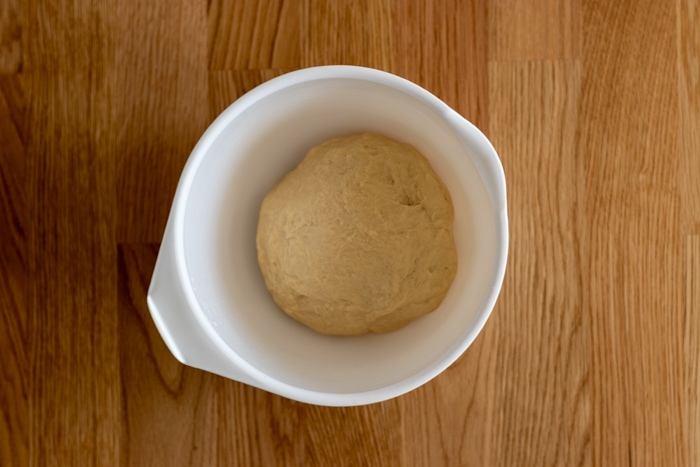
to this (same dough after rising for 90 minutes):
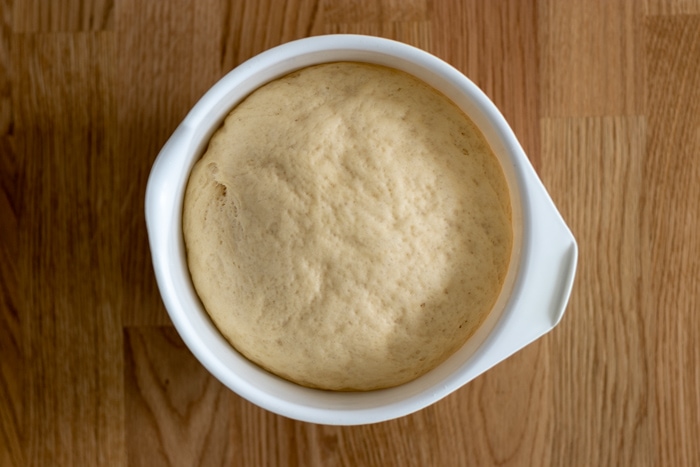
How To Store Fresh Yeast
Store your fresh yeast in the fridge wrapped tightly. Stored this way, it should keep for a few days beyond the printed date. After opening, put the rest back in the refrigerator after sealing it using its original packaging. Or, better yet, put it in a freezer bag.
If you need to store fresh yeast beyond the date printed on the label, you should freeze it. If that’s the case, check out my article on freezing fresh yeast.
Rotten Records: Share Your Snap!
Caught some food past its prime? Upload your photo to “Rotten Records” and help others spot the signs of spoilage. Every image makes our food community safer and more informed!
